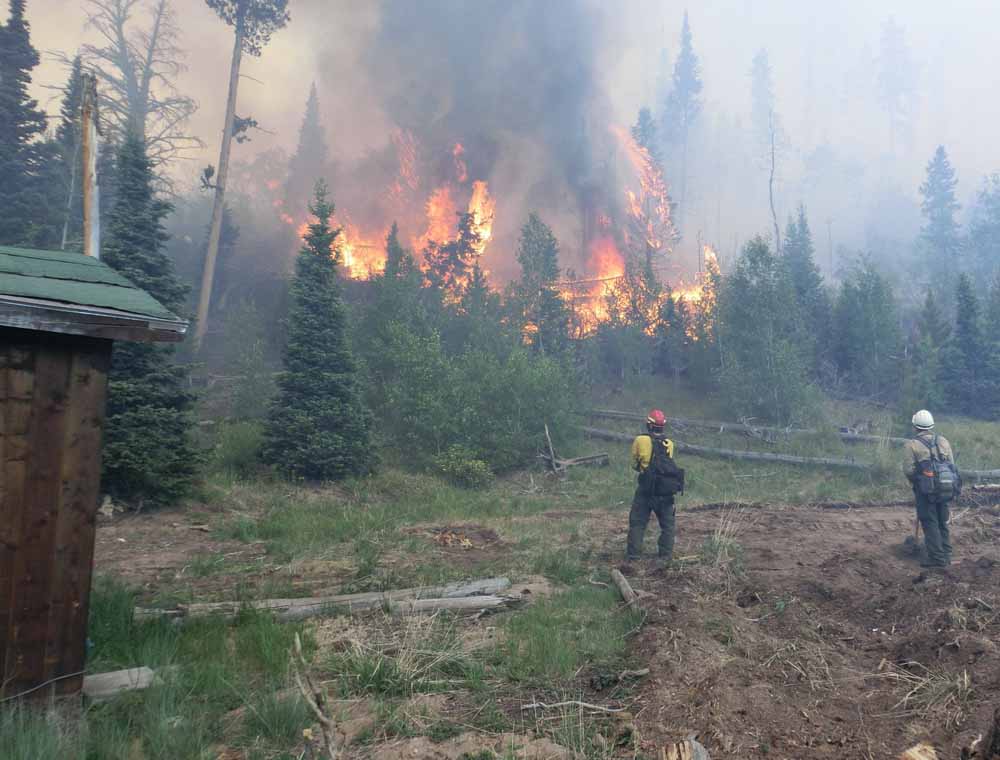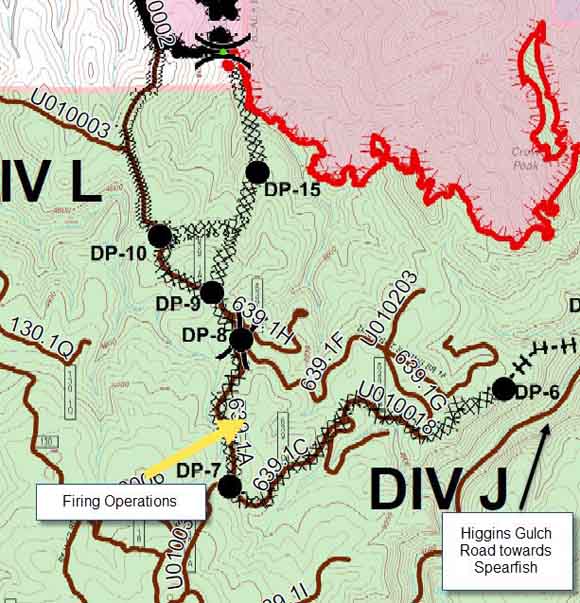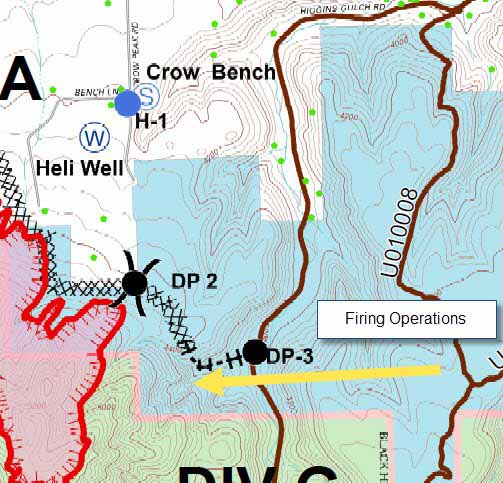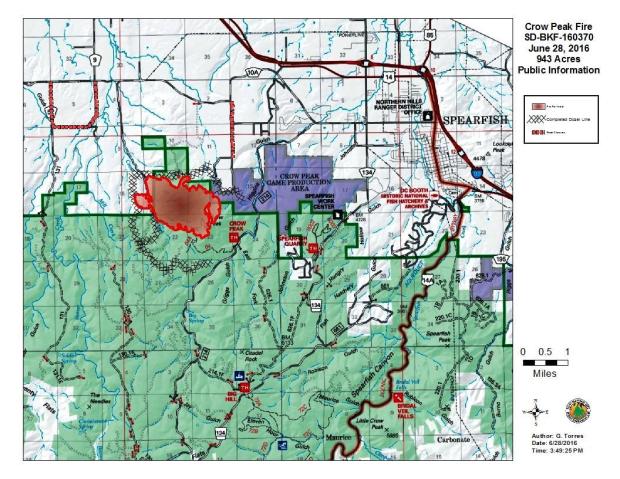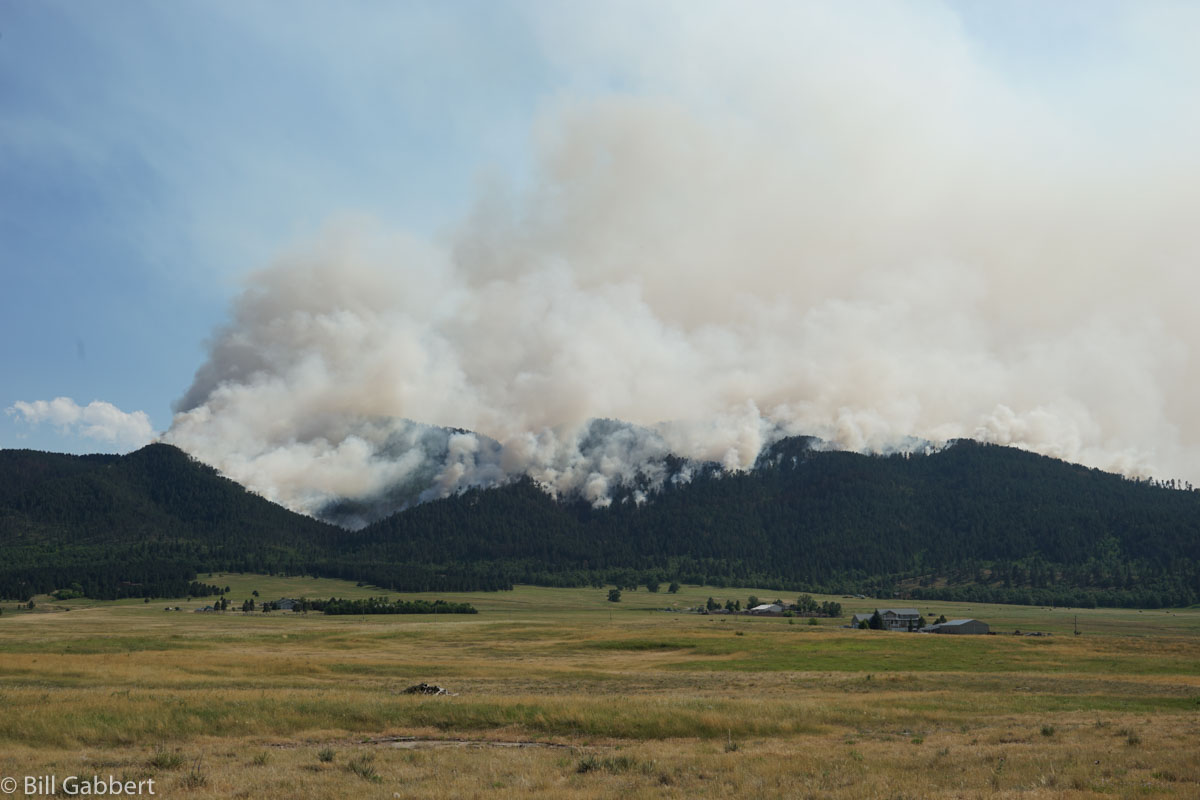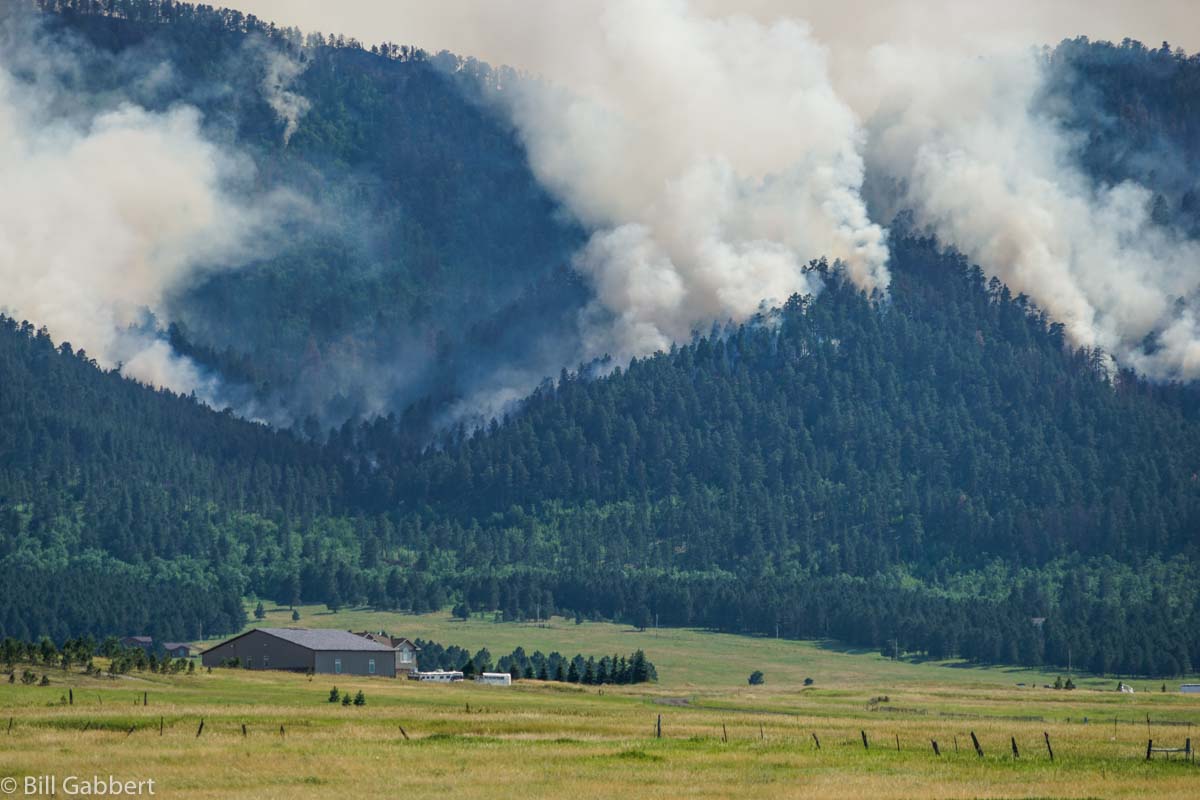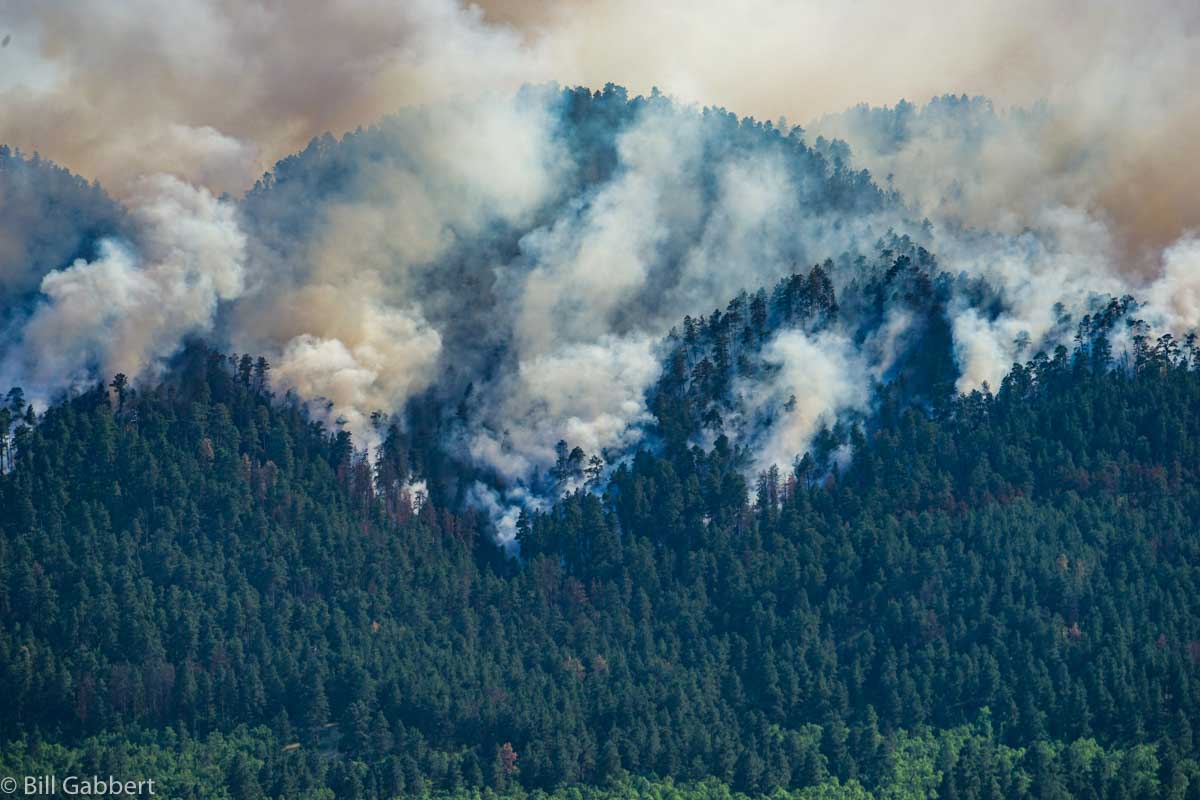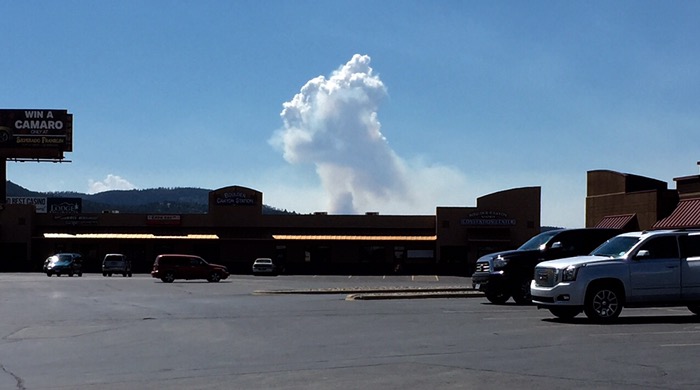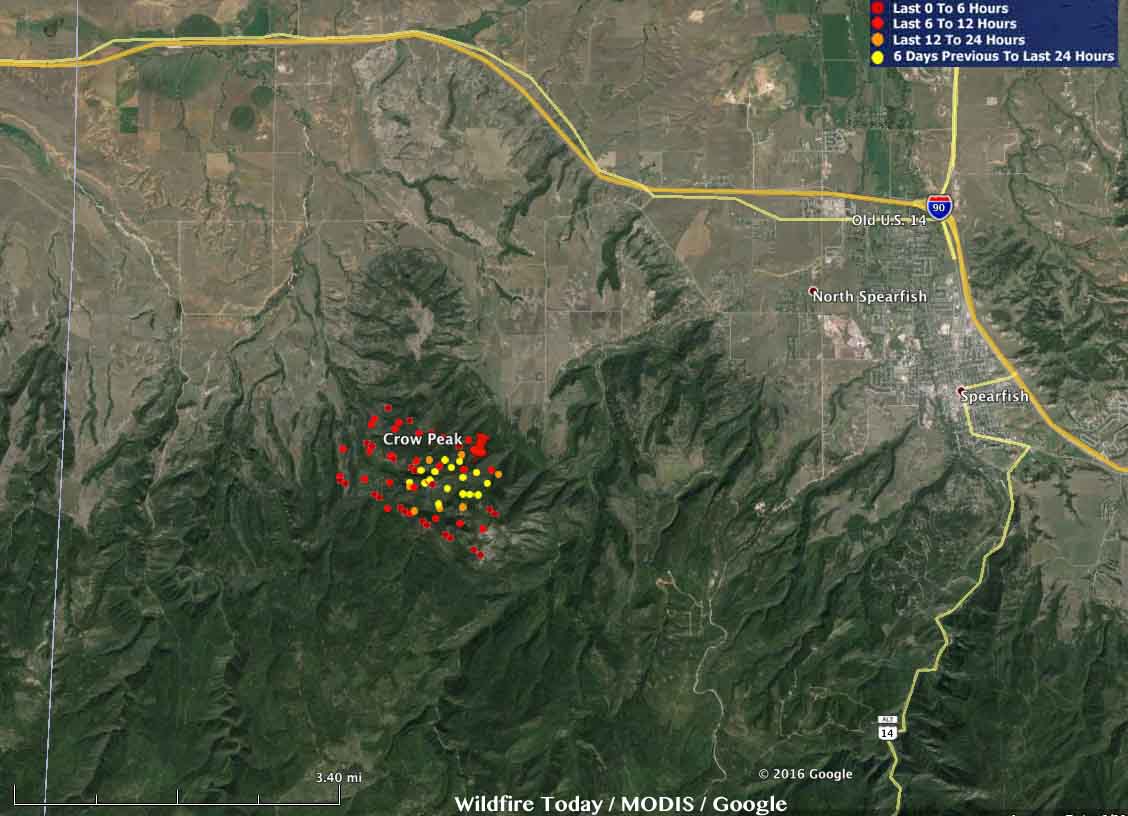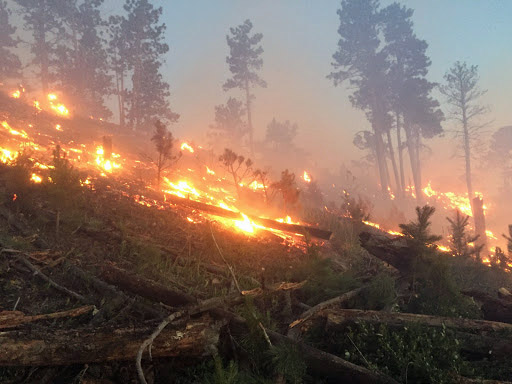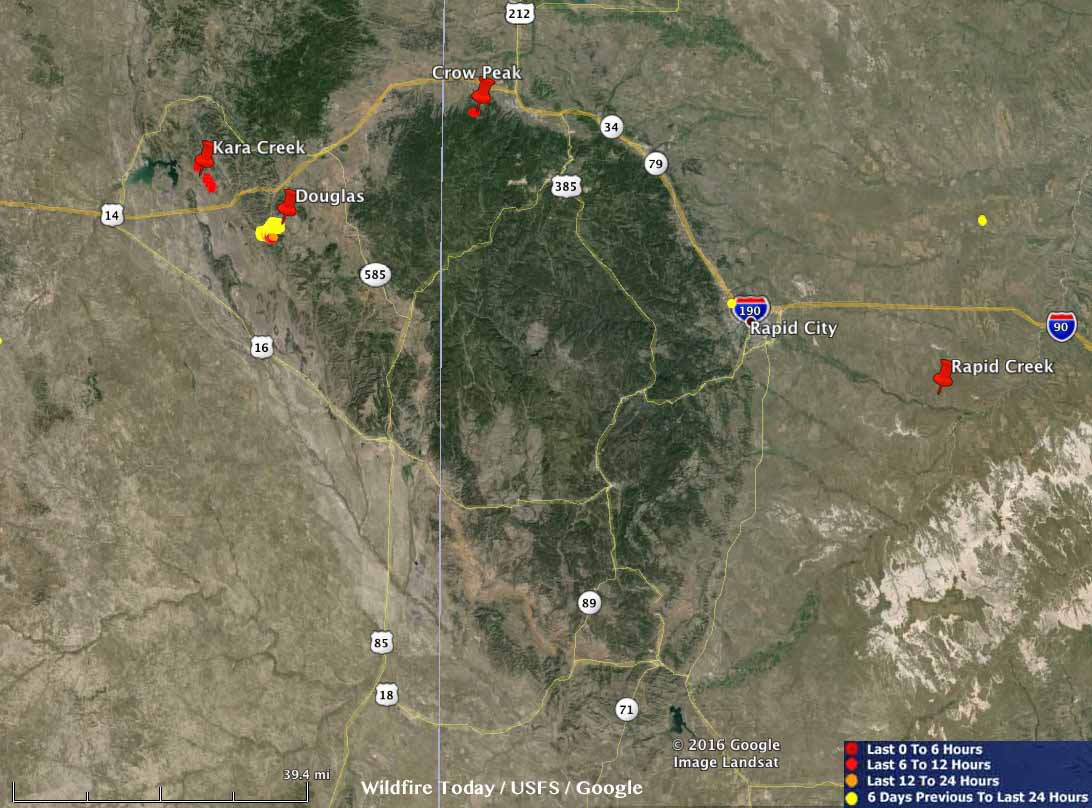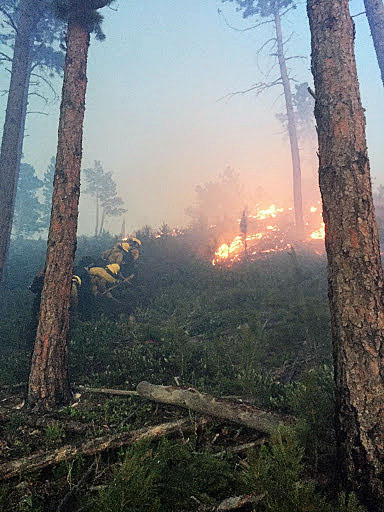(Originally published at 8:58 MDT June 28, 2016)
Today six firefighters deployed fire shelters on the Cedar Fire south of Show Low, Arizona.
Candy Lupe, a Public Information Officer with the Bureau of Indian Affairs’ Fort Apache Agency, said all six were transported to area hospitals with non-life-threatening injuries. Other than that she was not able to answer questions about the nature or extent of the injuries. After the fire in the area cooled, the firefighters were able to walk away from the accident site. Medical, air, and ground resources were deployed to the area to provide assistance. The six firefighters were described as “a portion of the crew” that was working near a flare up on the remaining uncontrolled fire line of the Cedar Fire.
Ms. Lupe was not sure exactly when the incident occurred but estimated it happened around 3 p.m. Arizona time today, June 28.
Tuesday morning at 6 a.m. the Type 1 Incident Management Team demobilized and transitioned command to the Fort Apache Agency.
The “Final Cedar Fire Update” from Southwest Incident Management Team #2 was posted on InciWeb on June 27. At that time the fire was listed as being 45,977 acres, 75 percent contained, with 546 personnel assigned. The fire received rainfall on Sunday and more rain was expected on Monday. The report stated:
While 554 firefighters are working on the fire [Monday] morning, only the Team itself will remain by Tuesday afternoon. The Bureau of Indian Affairs (BIA) will assume command of the fire at 6 A.M. Tuesday.
An update on the fire that was posted on the Fort Apache Agency’s Facebook page around noon on Tuesday said:
The Southwest portion of the fire will continue to produce smoke as well as the interior of the fire.
Much of the rest of the update was devoted to fire rehabilitation activites.
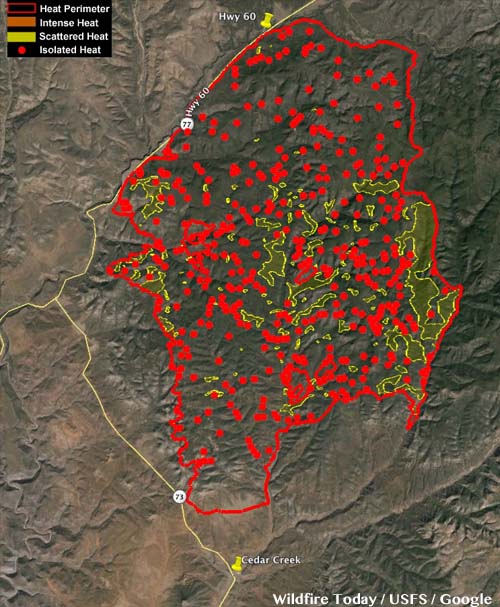
At 3 p.m. on June 28 the RAWS weather station “IRAWS 5 (Hwy 60 flat)(MST)” on the west side of the Cedar Fire recorded 90 degrees, 19 percent RH, and winds at 3 to 5 mph. Between 9 a.m. and and 5 p.m. the wind direction was very inconsistent, from the south, southwest, and northwest with variable gusts from 9 to 15 mph.
Our earlier primary article about the suppression of the Cedar Fire.
Thanks and a tip of the hat go out to Tom.

